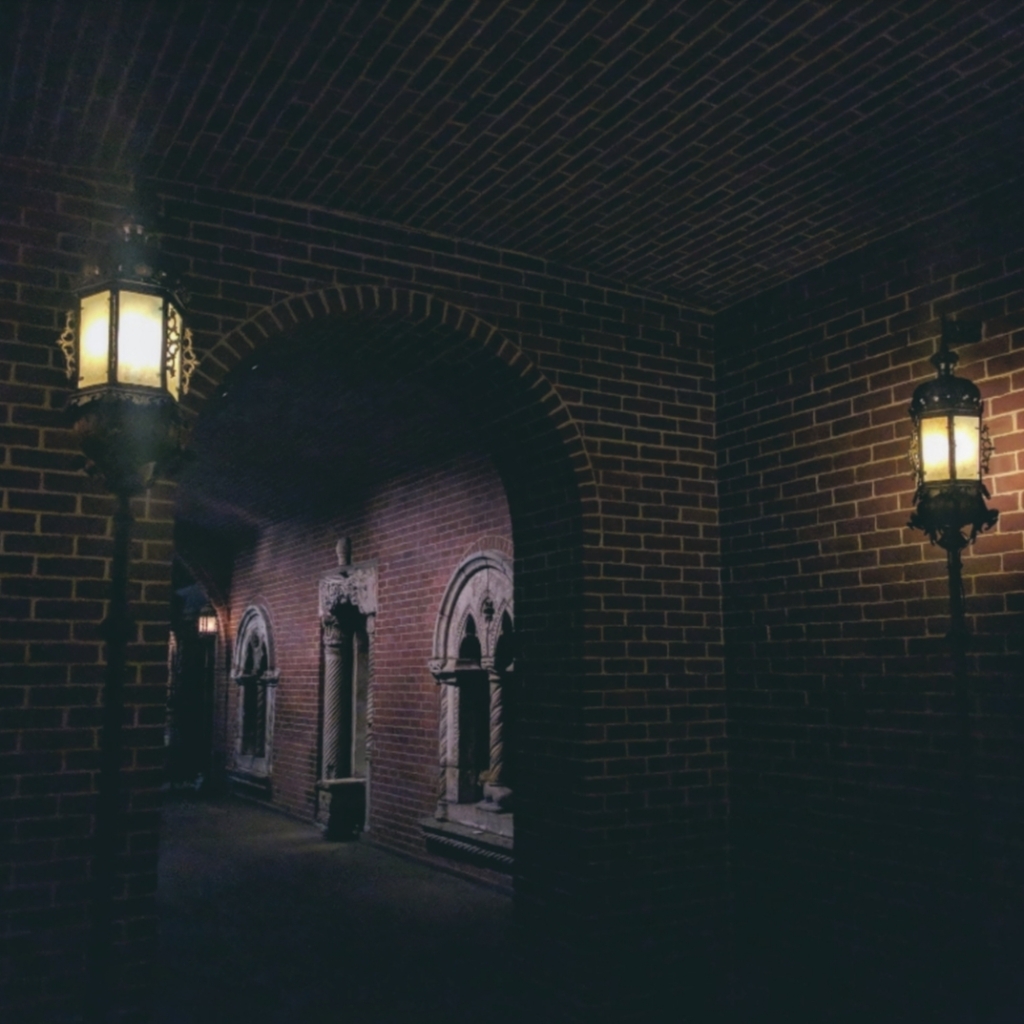
Leaving the modern glass front on Evans Way, Boston, behind, a dimly lit tunnel transports its visitors deep into an inner-city oasis. An opulent garden blooms under a glass roof far above. Walls rise on every side with windows and archways beckoning to the inside beyond. Everything is lavish, palatial, and foreign to Massachusetts. This roughly twenty-roomed inverted building is the Isabella Stewart Gardner Museum – home to tens of thousands of art pieces and artefacts from the Roman, Byzantine, Gothic, and Renaissance movements… and one unsolved true crime…
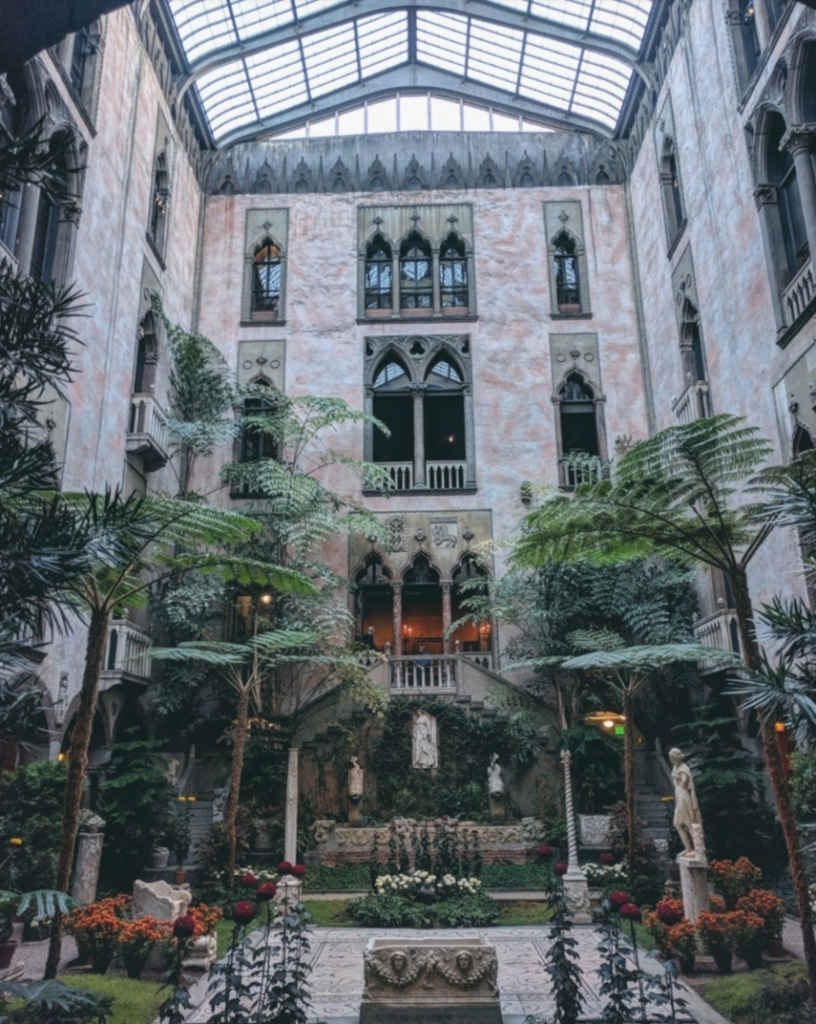
𝕿𝖍𝖊 𝖂𝖔𝖒𝖆𝖓 | “𝕴 𝖍𝖆𝖛𝖊 𝖒𝖎𝖌𝖗𝖆𝖙𝖊𝖉 𝖙𝖔 𝖆𝖓𝖔𝖙𝖍𝖊𝖗 𝖕𝖑𝖆𝖈𝖊.”
Born in New York City, 1840, Isabella Stewart became Isabella Stewart Gardner days before her twentieth birthday, upon marrying John ‘Jack’ Lowell Gardner, Jr., and moving to Boston, Massachusetts.

Following the death of their infant son, Jackie, Isabella fell into a depression. Upon doctor’s orders, the Gardners subsequently embarked upon their first European voyage together in 1867. The trip was a great success, and sparked a shared passion; the couple returned to Europe many times, and travelled to the Middle East, eastern Asia, and Egypt together.
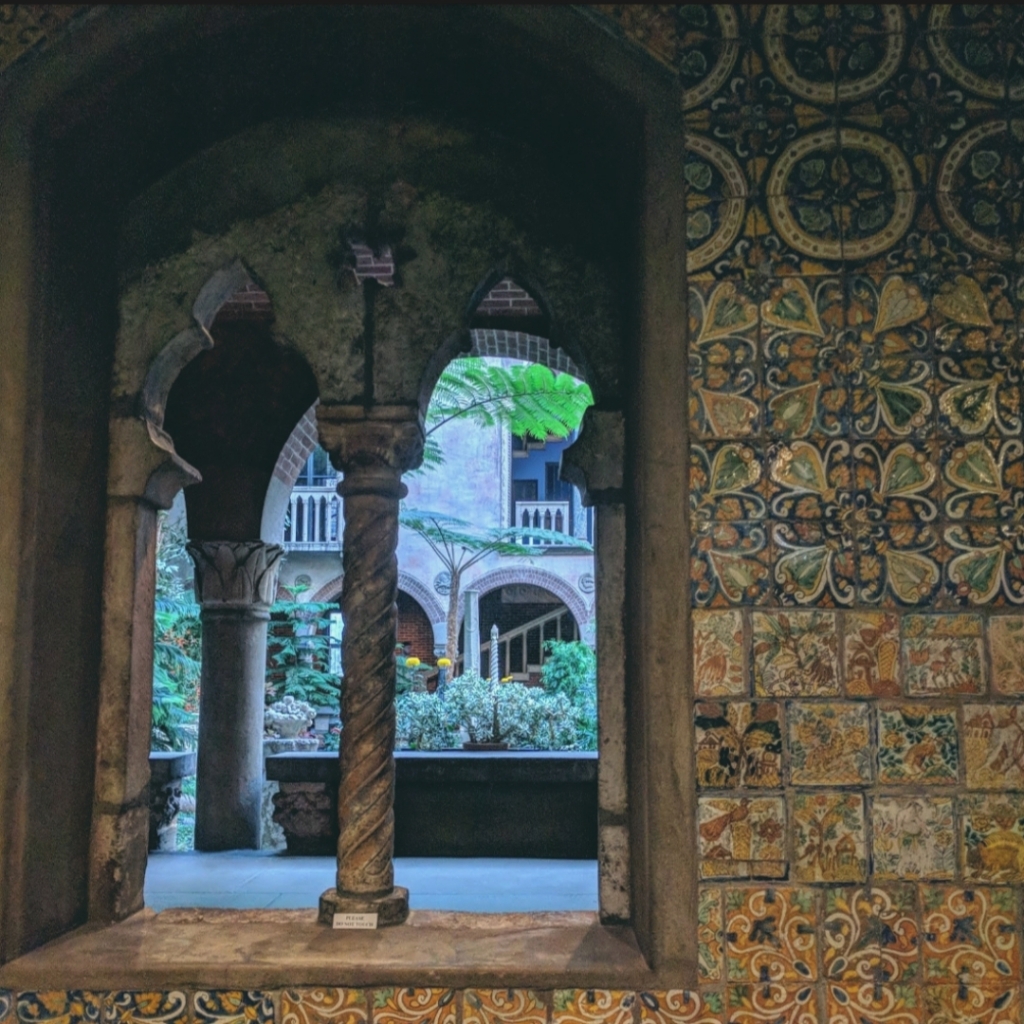
Whilst each of these adventures inspired them, the influence of the Palazzo Barbaro in Venice, Italy, is unmistakable in the classical, palatial features of the indoor courtyard of the future Isabella Stewart Gardner Museum.
𝕿𝖍𝖊 𝕬𝖗𝖙 | “𝕿𝖍𝖊 𝖕𝖎𝖈𝖙𝖚𝖗𝖊 𝖍𝖆𝖇𝖎𝖙 𝖜𝖍𝖎𝖈𝖍 𝕴 𝖘𝖊𝖊𝖒 𝖙𝖔 𝖍𝖆𝖛𝖊…”
When her father passed away in 1891, the now middle-aged Gardner inherited 1.7 million dollars, enabling her to begin collecting art with seriousness.
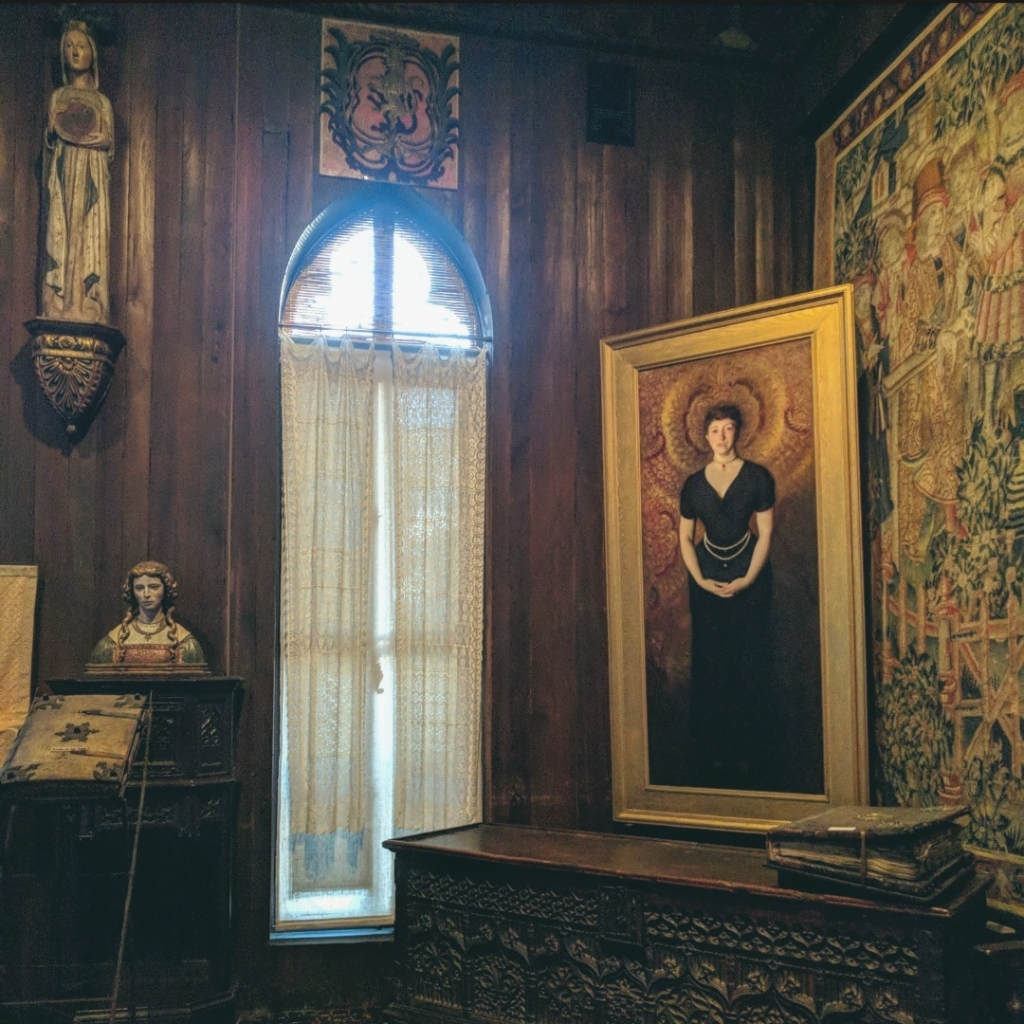
With the encouragement of Harvard University Professor of Art History, Charles Eliot Norton, Gardner began collecting rare books. She started, of course, with Dante.
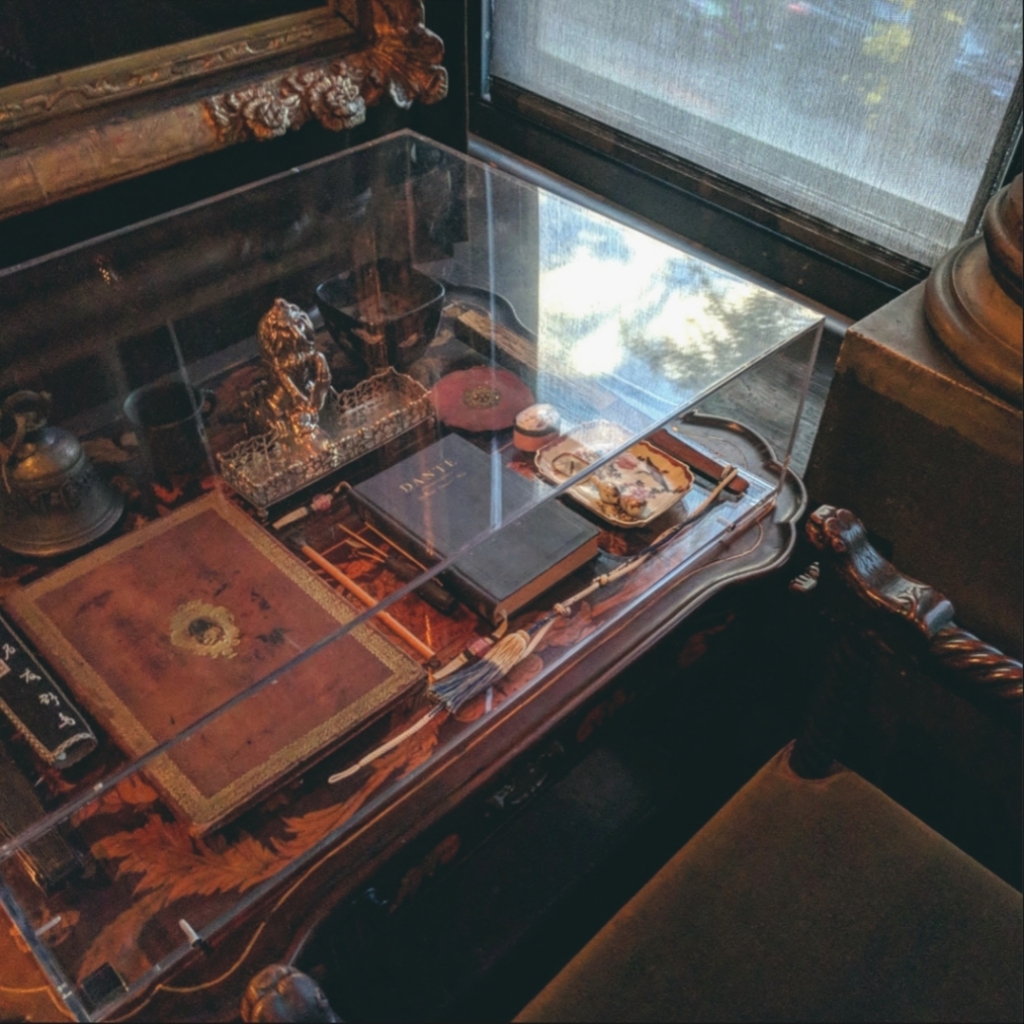
Her sights were set no lower when it came to the canvas. Upon the recommendation of art historian, Bernard Berenson, Gardner purchased Titian’s ‘The Rape of Europa’ (c.1560) and Rembrandt’s ‘Self-Portrait, Aged 23’ (1629). It was this acquisition that finalised the Gardner’s decision to create a museum of their own.
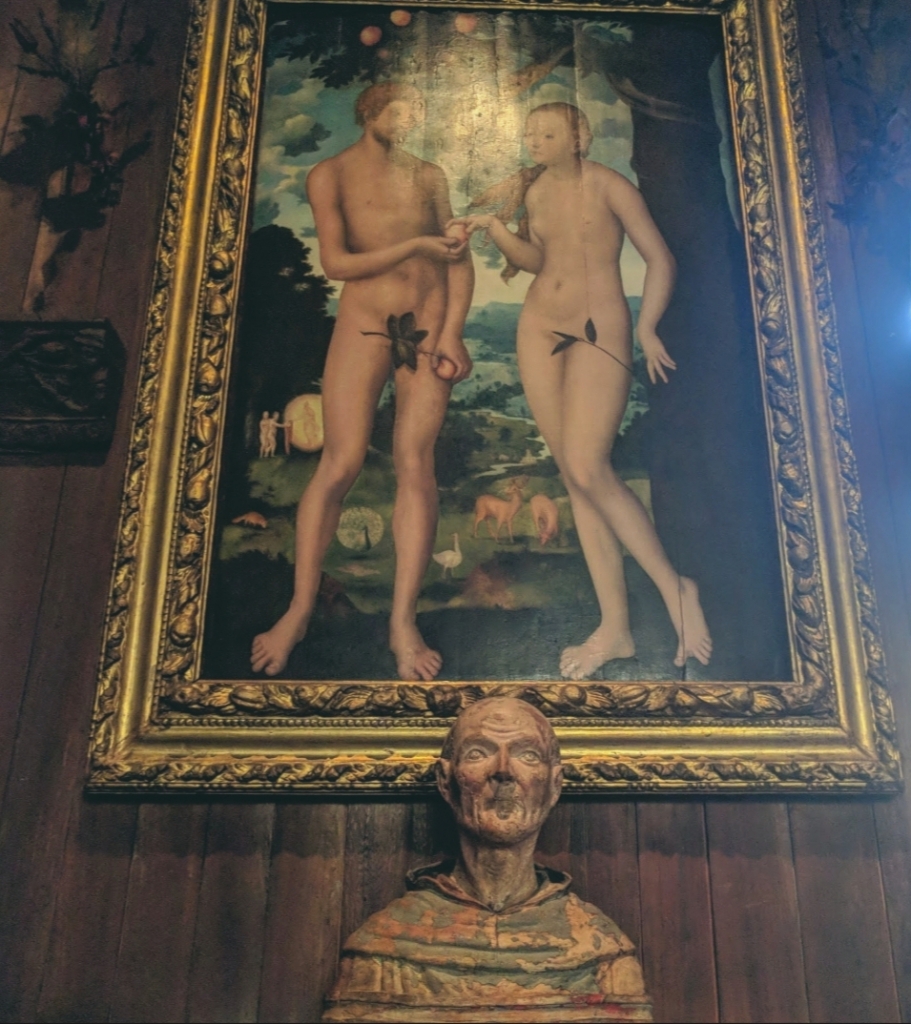
In the four years following Jack Gardner’s unexpected death in 1898, the widow purchased land, employed an esteemed architect, and oversaw the complete construction of the Isabella Stewart Gardner Museum. She moved into the private quarters on the top floor, dedicating the lower three floors to her collection of over two and a half thousand art pieces, including paintings, rare books, sculpture, and manuscripts.
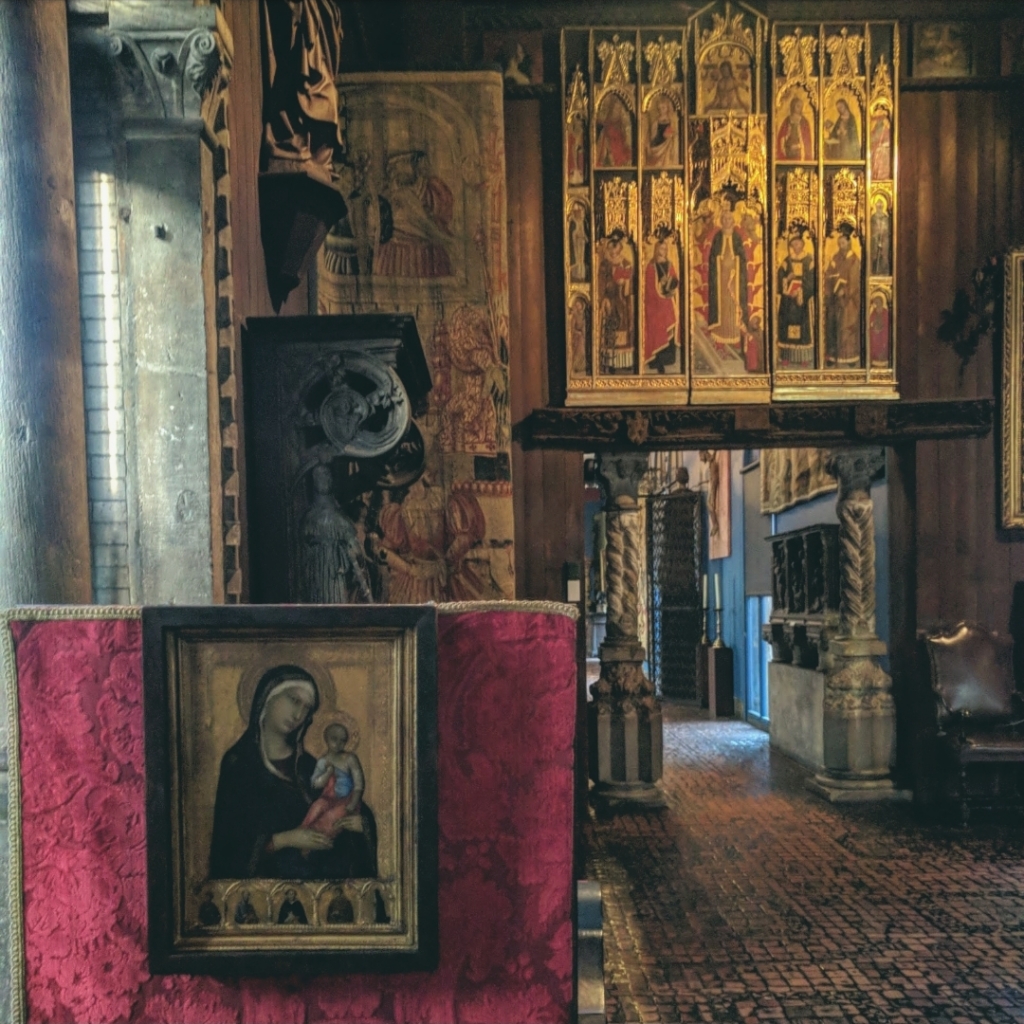
𝕿𝖍𝖊 𝕸𝖚𝖘𝖊𝖚𝖒 | “𝕾𝖍𝖆𝖓’𝖙 𝖞𝖔𝖚 𝖆𝖓𝖉 𝕴 𝖍𝖆𝖛𝖊 𝖋𝖚𝖓 𝖜𝖎𝖙𝖍 𝖒𝖞 𝖒𝖚𝖘𝖊𝖚𝖒…”
The museum doors opened with a grand gala on the 1st of January, 1903. For the next twenty years Gardner welcomed artists, established and in training, to private events and public concerts, to paint, dance, sing, and live amongst the permanent, immobile collection.

In 1924, Gardner died. Her last will and testament requested that the museum continue “for the education and enjoyment of the public forever,” without “change [to] the general disposition or arrangement” of the displays.
The succeeding two museum directors maintained Gardner’s wishes, until 1990, when disaster struck.

𝕿𝖍𝖊 𝕮𝖗𝖎𝖒𝖊 | “𝕯𝖔𝖓’𝖙 𝖘𝖕𝖔𝖎𝖑 𝖆 𝖌𝖔𝖔𝖉 𝖘𝖙𝖔𝖗𝖞 𝖇𝖞 𝖙𝖊𝖑𝖑𝖎𝖓𝖌 𝖙𝖍𝖊 𝖙𝖗𝖚𝖙𝖍.”
On the 18th of March in the early hours after midnight, the museum doorbell rang. The security man on guard saw two police officers, heard that they were responding to a disturbance and, breaking the rules, welcomed them through the employee entrance.
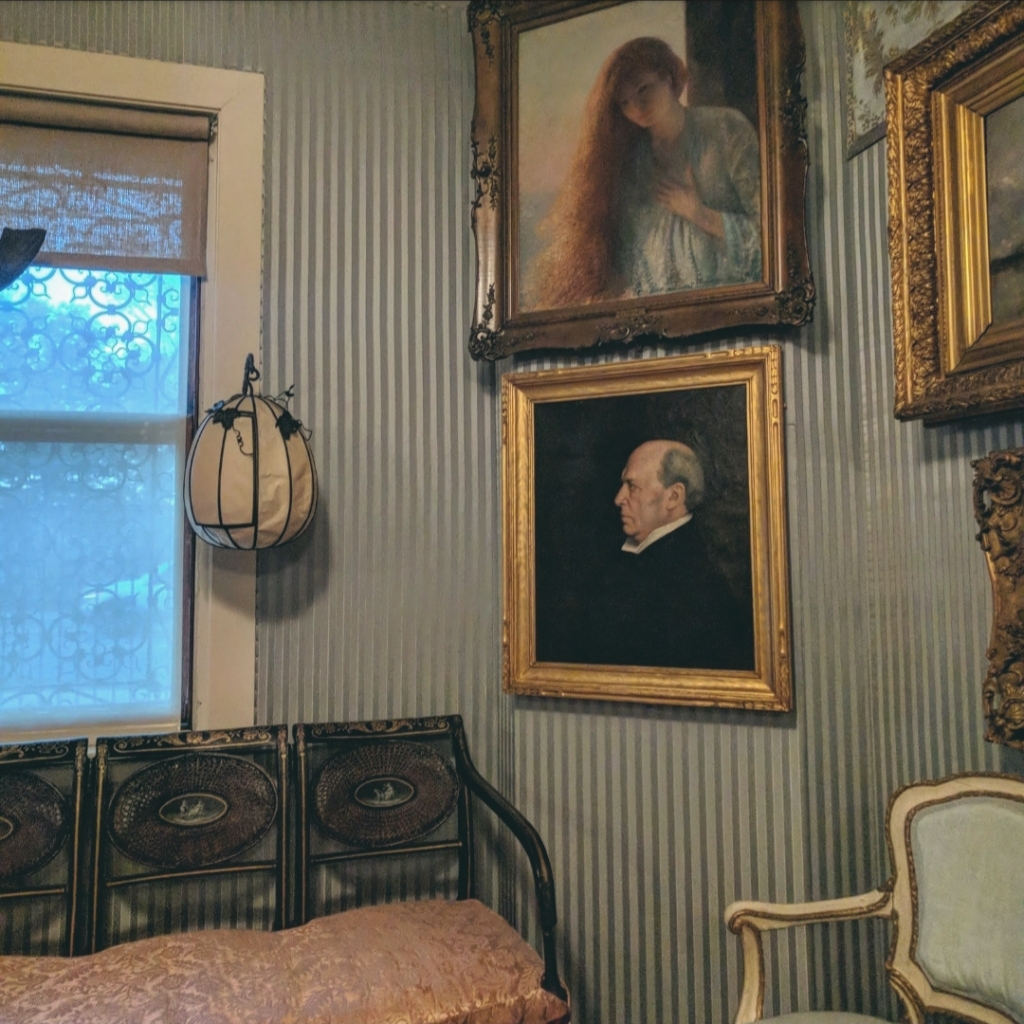
The security guard soon found himself, along with the only other staff member on duty, handcuffed in the cellar… whilst the two men in police uniforms made their way to the Dutch Room, the Short Gallery, and the Blue Room, returning to their vehicle twice to offload an increasing number of priceless pieces from Gardner’s collection, above.
By quarter to three in the morning, they were done. In eighty-one minutes, the two men had stolen thirteen works of art. Amongst their loot were original paintings and sketches by Rembrandt, Manet, and Degas.

At quarter past eight, the police responded to the alarms which had actually gone off… hours earlier. They found the guards in handcuffs. The identity of the thieves, and the whereabouts of the artwork, however, remain a mystery to this day.
The Isabella Stewart Gardner Museum heist is “the single largest property theft in the world,” with a reward of 10 million US dollars being offered for information leading to the safe retrieval of the items.
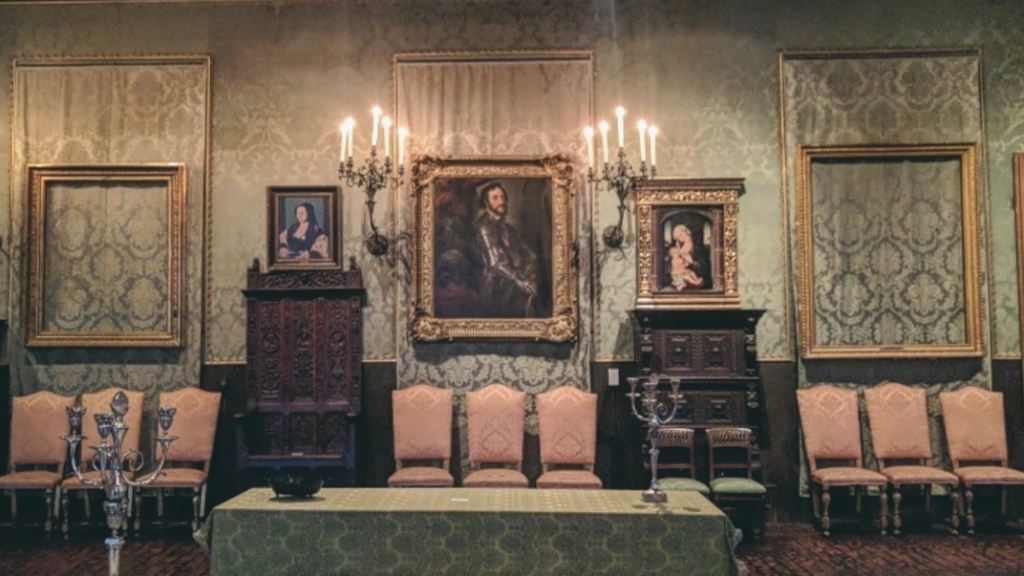
“Win as though you were used to it, and lose as if you liked it,” Gardner once said. But when what is lost is an irreplaceable collection of historical art, is there any enjoyment to be found?
This piece is published as part of the Generally Gothic Horrible Histories series. Continue reading with a history of medical men and murderers, or stay amongst the art with a study of Frida Kahlo, the Strange Worlds of Angela Carter, Sawdust and Sequins, and Death: The Human Experience.
